HELLO YETI
Humanity needs monsters to confront our fears — both real and perceived
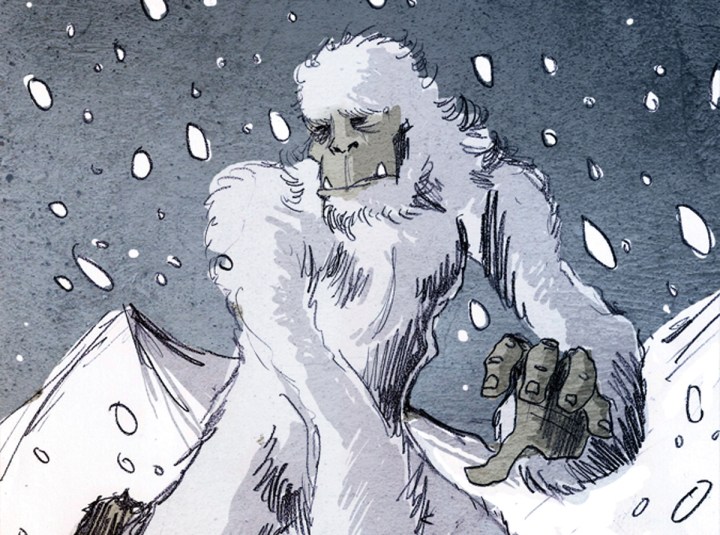
We humans seem to have a need for scary things that we can’t quite see but intrude dangerously into our fear space. Just occasionally, they appear right in front of us.
There were three of them scuttling towards us on the road through the gloomy Congolese rainforest. They appeared to be domes of grass about 1.5 metres high with sticks where arms should be. They had no eyes but seemed to navigate well enough. What was especially unnerving was the sound they were making, a mixture of chittering and moaning.
We stopped the Land Rovers waiting for them to move aside, but they halted, clearly waiting for us to move. The moaning became louder and they seemed to shudder. I glanced at our translator and he was grey with fear. “Pygmy spirits,” he mumbled. “You must not get in their way. Big trouble if you do. Move now. Move away quickly.”
The road was dark beneath huge rainforest trees, narrow and decidedly spooky. We’d have to back three vehicles a good distance to a clearing. It was ridiculous.
Just then some people appeared at the road edge waving their arms and indicating “back, back”. We had no option but to reverse.
When we off-roaded into the clearing, the grass domes shuffled past, still moaning, occasionally spinning completely around, and disappeared round a bend. If there were pygmies inside they’d have to be not much over a metre tall.
The scene stayed with me for many years in my neuron complex labelled ‘unsolved mystery’. Recently, however, I came across the word ‘cryptozoology’ and it got me wondering about those grass domes.
It’s a field of study that focuses on the investigation and search for animals and creatures considered to be legendary, mythical, or otherwise undiscovered by mainstream science. It involves cryptids, creatures whose existence is based on anecdotal evidence, folklore or limited physical evidence, rather than confirmed scientific documentation. It’s a pseudoscience to all but cryptozoologists. But just maybe….
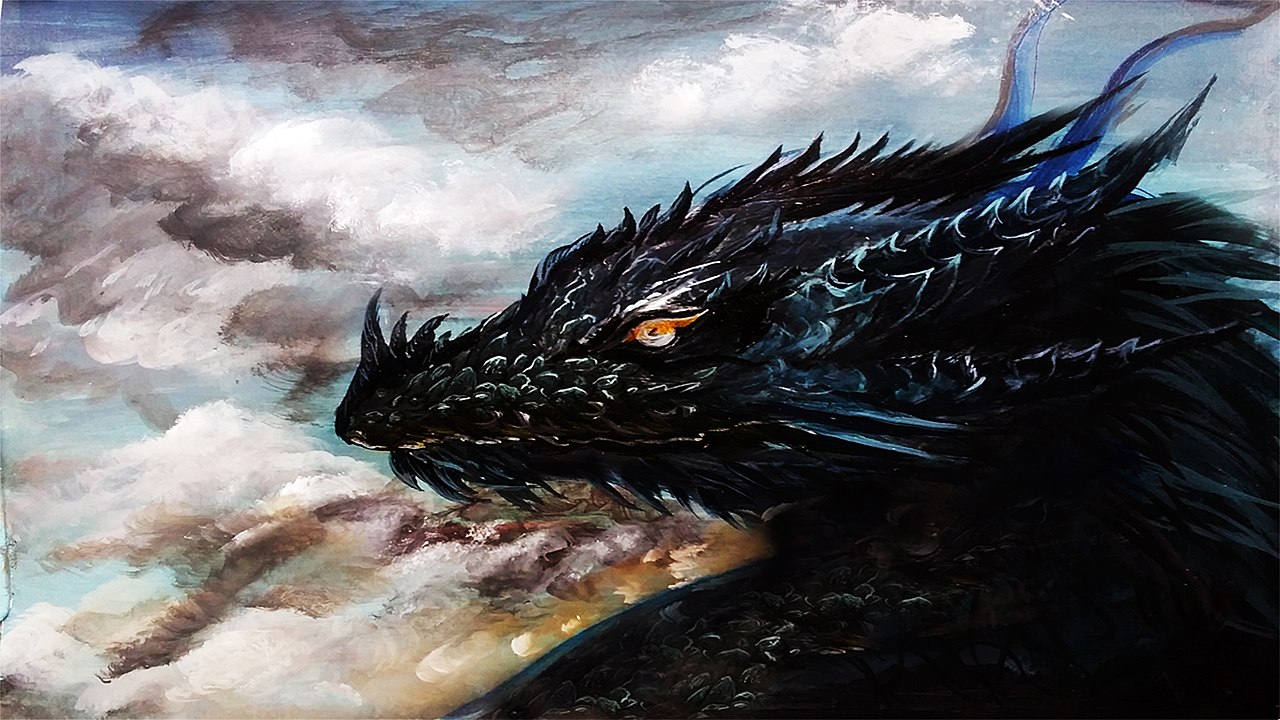
Alok Ranjan Art Alok Ranjan Art Studio is a fine arts and digital artist studio.
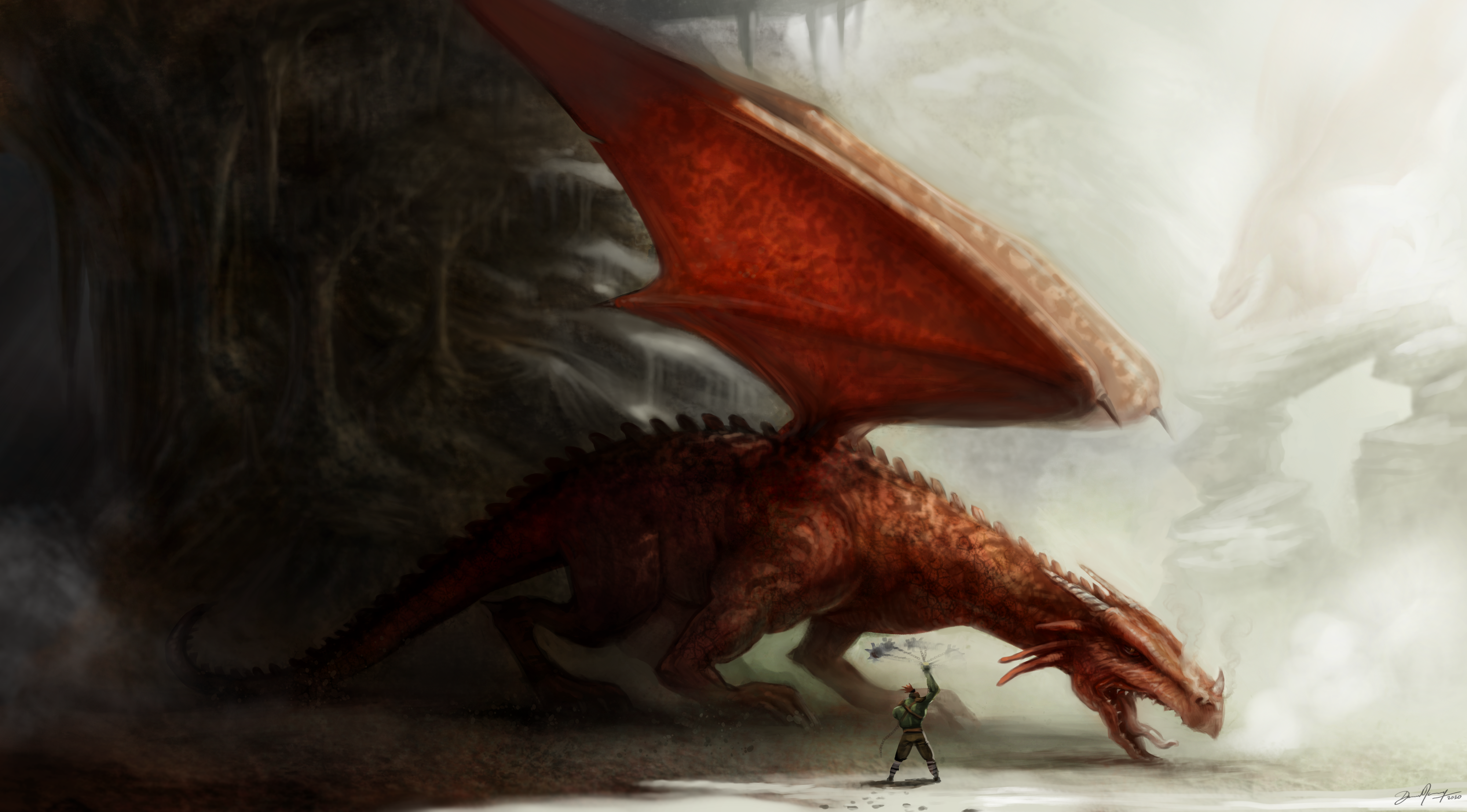
A dragon. Image: WikiCommons
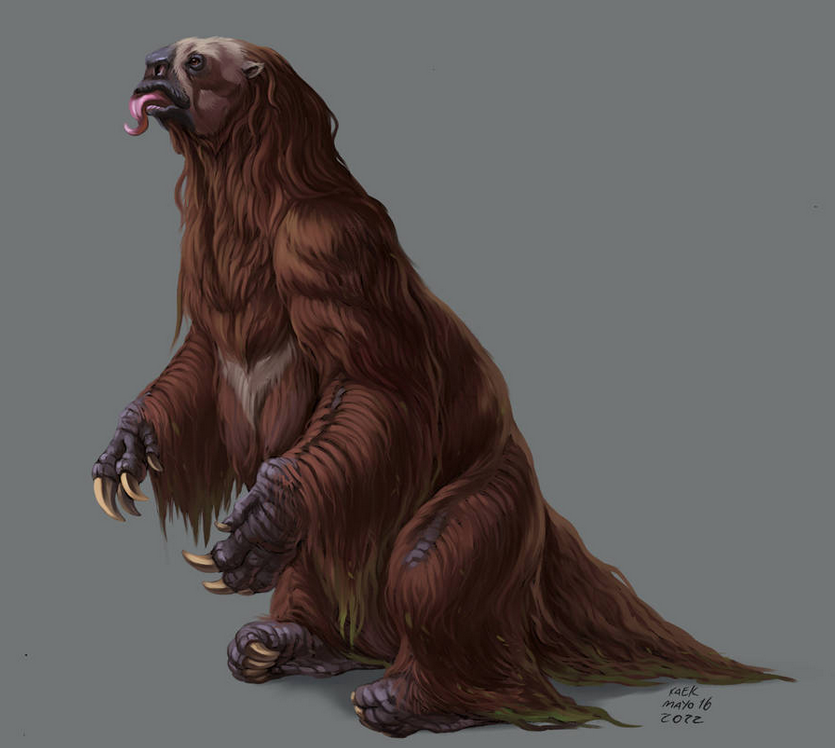
Fantastic beasts. Image: WikiCommons
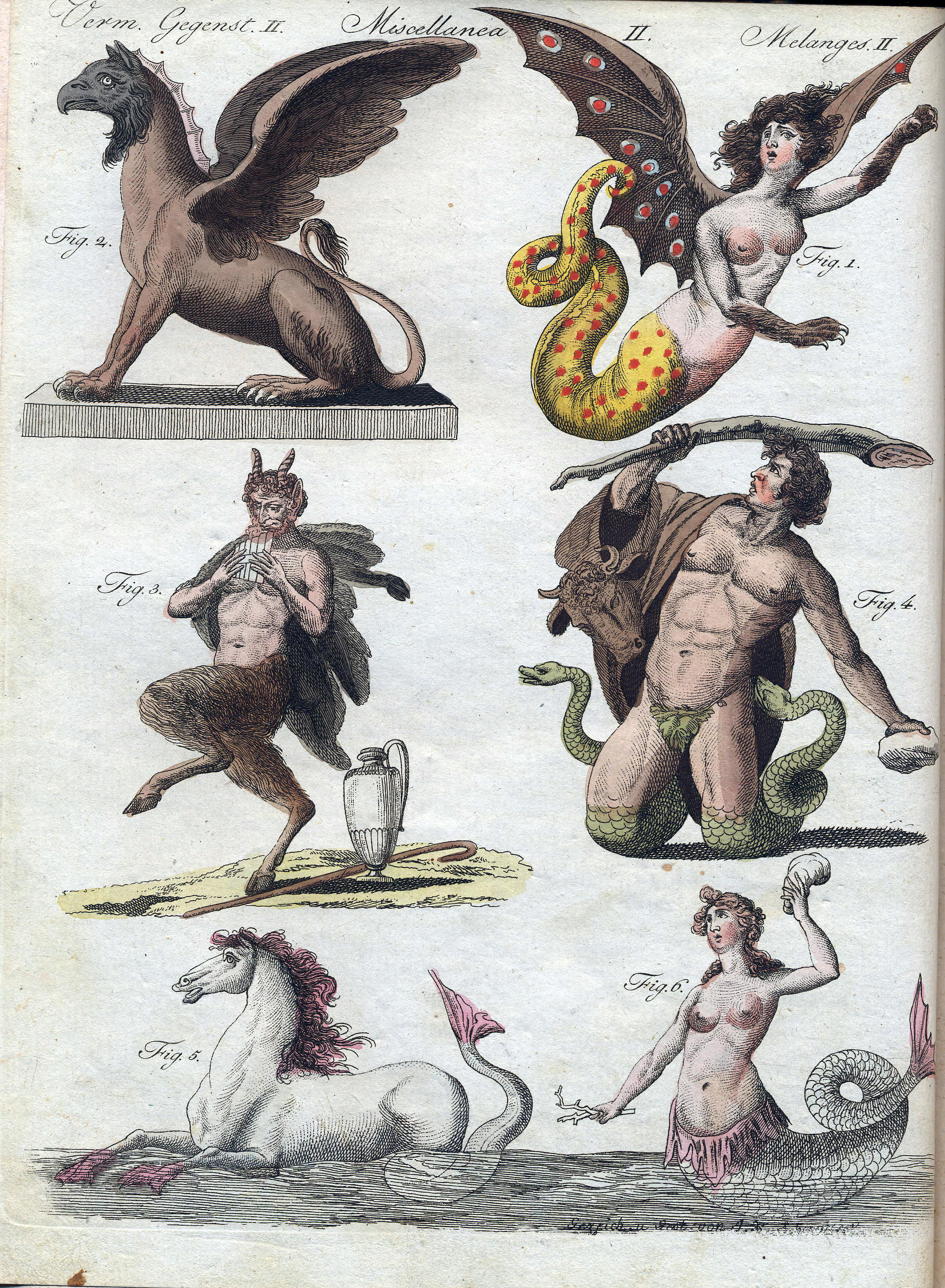
J.F.Bertuch-Fabelwesen. Image: WikiCommons
Fantastic beasts
Cryptozoologists work very scientifically, exploring reports, eyewitness accounts, lore and cultural traditions to gather information about these cryptids. They often conduct field research, interview witnesses and examine potential evidence such as photographs, footprints or hair samples.
Their goal is to gather enough evidence to prove the existence of these mysterious creatures and classify them as new species or provide scientific explanations for their existence. As you can imagine, they have to deal with a lot of scepticism, but there are many books, websites, and even television shows dedicated to their searches.
Best-known cryptids include the Loch Ness Monster (Nessie) in Scotland, Bigfoot in North America, the Yeti (Abominable Snowman) in the Himalayas and the Jersey Devil, a winged bipedal horse said to inhabit New Jersey in the US. In southern Africa, there’s the Tokoloshe.
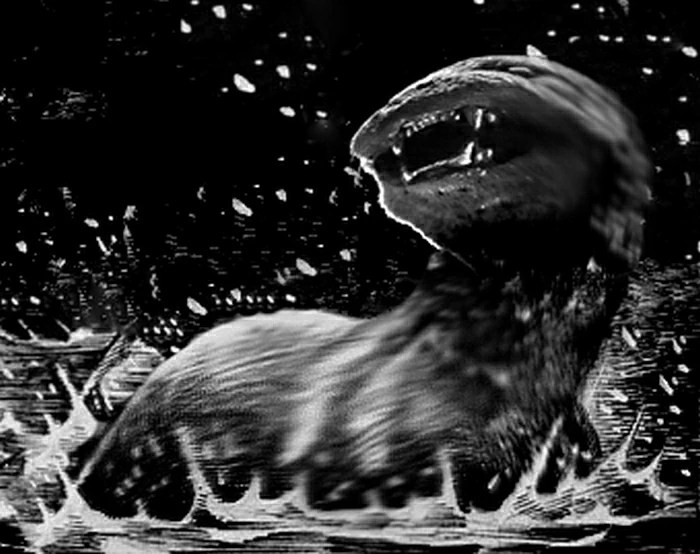
Fantastic beasts. Cryptozoologists’ goal is to gather enough evidence to prove the existence of mysterious creatures. Image: WikiCommons
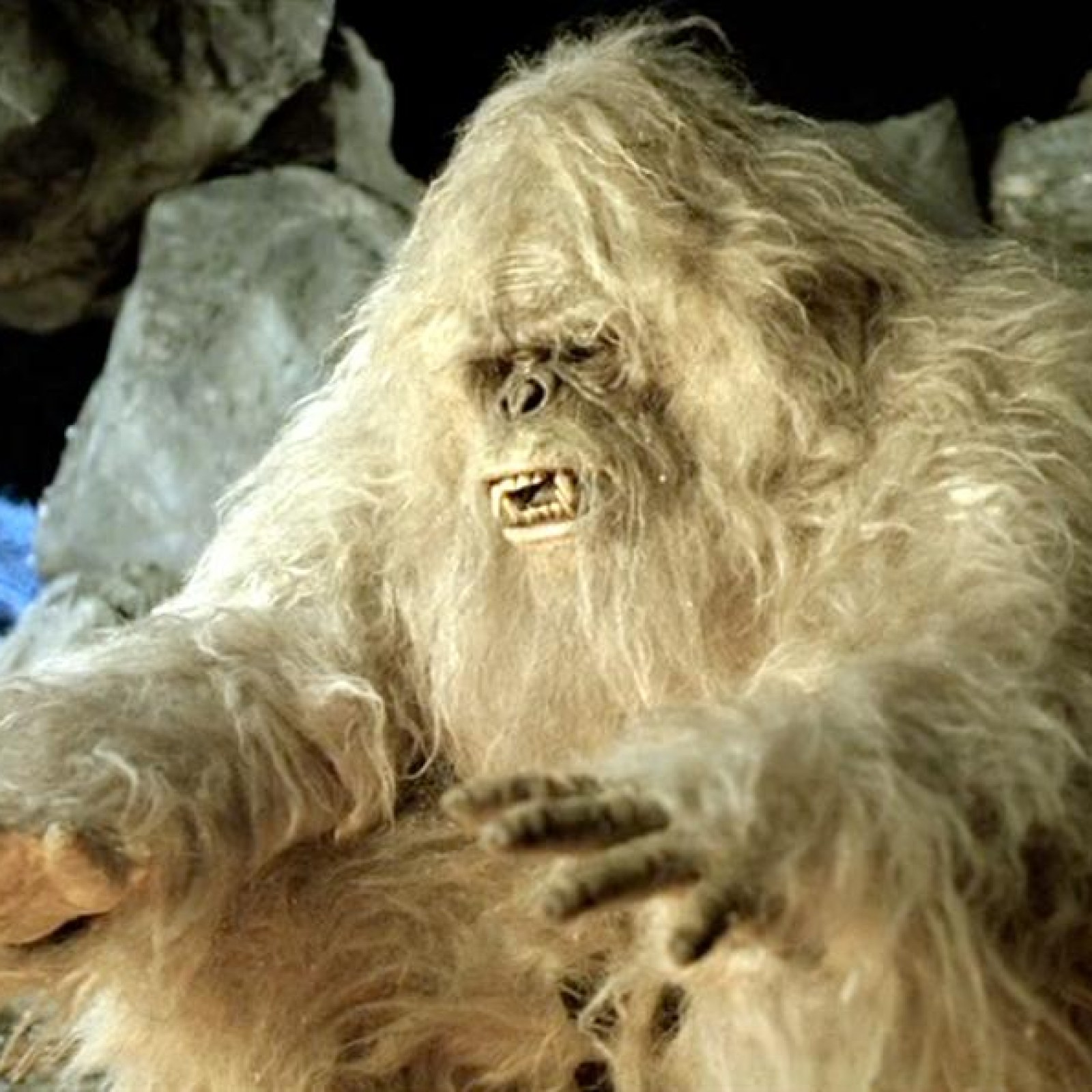
A Yeti. Cryptozoologists’ goal is to gather enough evidence to prove the existence of mysterious creatures. Image: WikiCommons
Rainforest pygmies, however, evidently have a bagful. The best known in the West is the Mokèlé-mbèmbé’s, probably because that’s what the travel writer Redmond O’Hanlon went looking for in the Congo Basin in his extraordinary book Congo Journey. His attempts to find it are both hilarious and frightening.
The Mokèlé-mbèmbé is believed to be a large, dinosaur-like creature inhabiting the swamps and rivers of the Congo Basin and is described as having a long neck, a serpent-like body and a small head. A sort of African Nessie.
When you start digging deeper, however, the list of weird beasties is astounding. Lakes seem to be favoured. Apart from Nessie, there’s Champ (US), Igopogo, Ogopogo and Manipogo (Canada), Isshii (Japan), Labynkyr Devil (Russia) and Selma (Norway).
There is also a clutch of sea monsters: Cadborosaurus (US), Dobhar-chu (Ireland), Lusca (Bahamas), Stellars sea ape (Pacific) and no end of sea serpents.
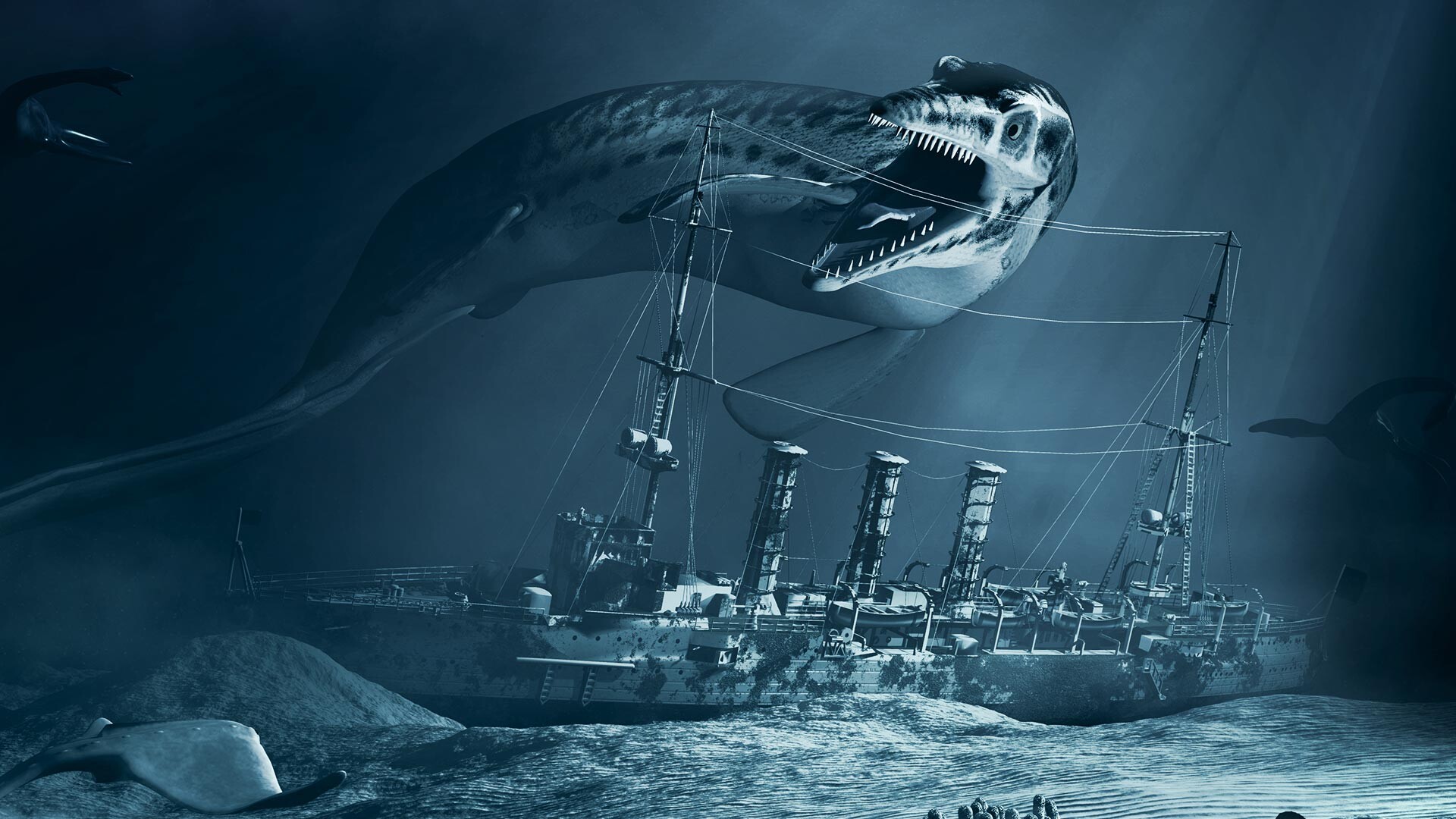
Fantastic beasts and sea serpents. Image: WikiCommons
On land, ape-like humans or human-like apes abound, the Yeti being just one. There’s the Almas in the Caucasus, Amomongo in the Philippines, Barmanou in the Middle East, Bigfoot, Lizard Man and the Fouke Monster (US and Canada), Bukit Timah Monkey Man (Singapore), Chuchunya (Russia), Mapinguary (Amazon). Monkey Mao of Deli (India) and Yeren (China).
Others are humanoid frogs, secretive phantom cats and hounds, giant worms and monstrous snakes. Let’s not forget the Cyclops, dragons, griffins, unicorns, Pegasus and Medusa.
Writing in the 18th Century, Carl Linnaeus, the father of modern taxonomy, applied his mind to crypto beasties and drew a line in the sand between them and the biological categorisation of things that could be seen (and dissected). He was quick to spot bullshit.
He dismissed the Hydra because “nature never naturally makes multiple heads on one body.” The Unicorn was merely “a figment of painters”, the Borometz, a plant said to eat wild animals, was a fake, the Phoenix was “in reality a date palm”, Sirens “as long as not seen either living or dead are called in doubt” and the Mermaid was undoubtedly a manatee. Done and dusted.
But the seemingly intense human need for fearful monsters continues unabated. Why?
Monster psychology
The psychiatrist Karl Jung considered them real enough, but housed in the collective human unconscious, that part of our minds shared by all humans. Therein, he said, dwell archetypes: universal symbols and images representing our deepest thoughts, feelings, fears and experiences.
Jung believed we need mythical monsters to help us confront our shadow selves, fears and negative stuff we’ve ignored but which we need to integrate to become more whole.
They’re also part of a much older way of coping with the world which our neurons haven’t forgotten. Most modern humans explain the world through science, but that’s extremely recent. For thousands of years, nature was experienced as both beneficial and malevolent and totally out of our control. What happened to you was the result of a world of unseen forces you had to appease if you hoped to survive.
Shadowy monsters that lurk in the wilds just out of sight are also a reminder of our lost wildness amid the lawns and pavements of suburbia, the possibility that something huge and meaningful could inexplicably break through the skein of our civilized lives and provide a sense of wonder.
Monsters that are forces of nature capable of splatting us have not left and they’re not merely beasts of our unconscious. Today we give them different names and, increasingly, are having to confront them all over again. Having mostly closed Pandora’s box on Yetis, Fouke Monsters, sea serpents and dragons, we’re re-opening it to things likely to do far more damage: monster hurricanes, massive floods, desiccating droughts and a world emptying of fellow creatures, all created by ourselves.
Perhaps, the better to understand them, we should give these new monsters names or perhaps assign them gods in the style of the ancient Hindus or Greeks who we could appeal to for mercy and protection.
How about Zeus or Indra for hurricanes, Demeter for drying farmlands, Hephaestus or Amsa for heatwaves, Poseidon or Varuna for the rising seas, Shiva for the destruction of biodiversity and Brahma for the planet we hope to continue to inhabit?
Perhaps we should all give allegiance to the elephant-headed Ganesha, the god of wisdom. As a species, it seems, we have it in short supply.
As to what those three scuttling domes I encountered in the Congo rainforest were, I will probably never know. But one thing for sure, they weren’t in my unconscious. They were out there clittering and moaning. I hear them still… DM



















 Become an Insider
Become an Insider
Comments - Please login in order to comment.